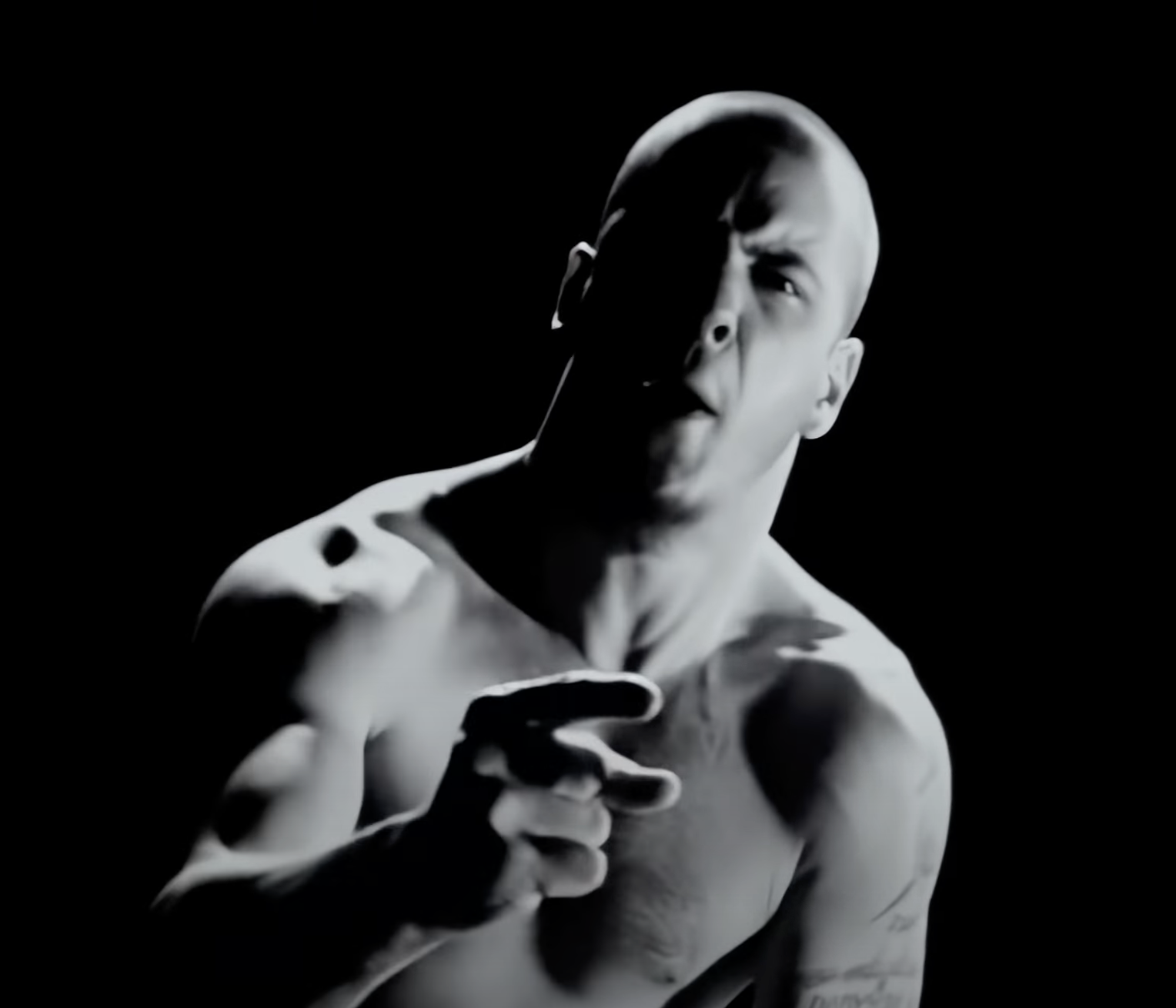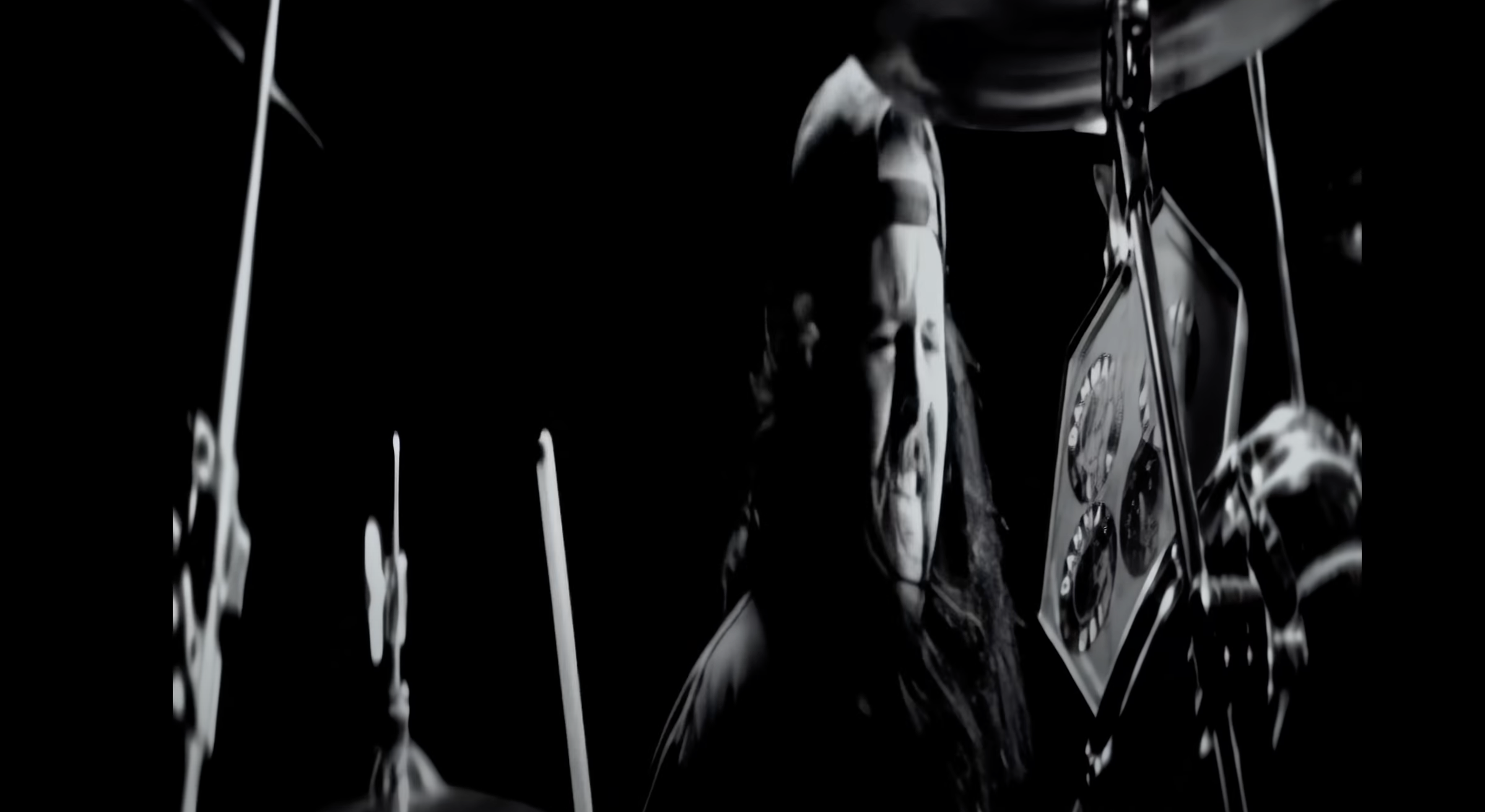By now you know that in addition to my passion for all things exercise, nutrition, and human physiology overall, I love dark coffee (this AM was Bonefrog coffee), dark beer (last night was Guinness Coffee nitro), and dark metal music. Oh ya!
This past week was the 30th anniversary of one of the best metal albums of all time.
Can you guess who it was?
Thirty years, while a long time, is still too “young” for it to be Black Sabbath.
Anything? Bueller?
It was the anniversary of the release of “Vulgar Display of Power” by Pantera.
The album, produced by Terry Date, was released on Feb 25, 1992. The single “Walk” features one of the best guitar riffs of all time done in a time signature of 12/8 by Dimebag Darrell (RIP).
I first started lifting hardcore around the time this album came out. It lived in my gym bag…
….on tape.
That’s right kids, on tape in my old school Walkman that I would bring to the gym. This was my go to lifting album. I literally wore it out and had to buy another copy.
Listening to epic music was one of three things I would say younger me actually got right. The rest was a caffeine and testosterone (I was 18 at the time) fueled trash bin fire of well intentioned but extremely misguided effort.
Here are the other two things I got correct.
#1: A Training Journal
From day one, I figured out that I needed to track performance, thus I got a training journal (aka a notebook) to write everything down.
I still do this thirty years later.
I write down my training on those prehistoric things we call paper.
My goal once I enter the gym is to touch my phone as little as possible. This is easy in the Extreme Human Performance Center since I have a dedicated stereo that uses those silver disk things they call CDs. I know, I am a dinosaur.
At a commercial gym, my phone goes on airplane mode, headphones on, and other than to change the music maybe twice, that is it.
Old school pen and paper allow me to track my performance over time and easily refer back to previous sessions or all time PRs (I log them at the end of the notebook).
Go to any Globo gym and notice if anyone ever writes a darn thing down?
I highly doubt Bench Press Billy-Bob 23 is logging his training when he is poking away on his phone between sets of Pec Deck as he sits there like a petrified stuffed animal.
“What gets measured, gets managed” –Peter Drucker
Want to get better? Measure and track it.
#2: Violent Consistency
I realized that if I wanted to get better at something, I needed to practice. Shocker, right?
I got that part right, as I’ve routinely trained an average five days a week for three decades now. I started at 18, so do the math; I am old, hahaha.
I had a few bumps along the way of course, just like everyone. Training dropped to only three main sessions and small “micro-sessions” during my PhD.
I had to change things around due to some past injuries: separated left shoulder – mountain biking, completely dislocated right shoulder –broomball in college, spiraled/destroyed right ankle –snowboarding carve gone bad, strained both hamstrings – small cliff drop snowboarding, sprained both wrists – massive windsurfing crash, strained/pulled both hip flexors and groin – face met wake while wakeboarding, etc…
…but I always found a way to train even if that was taking a taxi to the gym in 2005 since it was my right ankle that was in a boot.
Consistency for the win, even if the first several years were idiotic in terms of what I was doing in the gym; I got the “showing up part” correct.
Your turn.
What are your top lessons from training over the years?
I would love to know! Hit me up!
Rock on!

Dr. Mike T Nelson

Dr. Mike T Nelson
PhD, MSME, CISSN, CSCS Carrick Institute Adjunct Professor Dr. Mike T. Nelson has spent 18 years of his life learning how the human body works, specifically focusing on how to properly condition it to burn fat and become stronger, more flexible, and healthier. He’s has a PhD in Exercise Physiology, a BA in Natural Science, and an MS in Biomechanics. He’s an adjunct professor and a member of the American College of Sports Medicine. He’s been called in to share his techniques with top government agencies. The techniques he’s developed and the results Mike gets for his clients have been featured in international magazines, in scientific publications, and on websites across the globe.
- PhD in Exercise Physiology
- BA in Natural Science
- MS in Biomechanics
- Adjunct Professor in Human
- Performance for Carrick Institute for Functional Neurology
- Adjunct Professor and Member of American College of Sports Medicine
- Instructor at Broadview University
- Professional Nutritional
- Member of the American Society for Nutrition
- Professional Sports Nutrition
- Member of the International Society for Sports Nutrition
- Professional NSCA Member










Leave A Comment